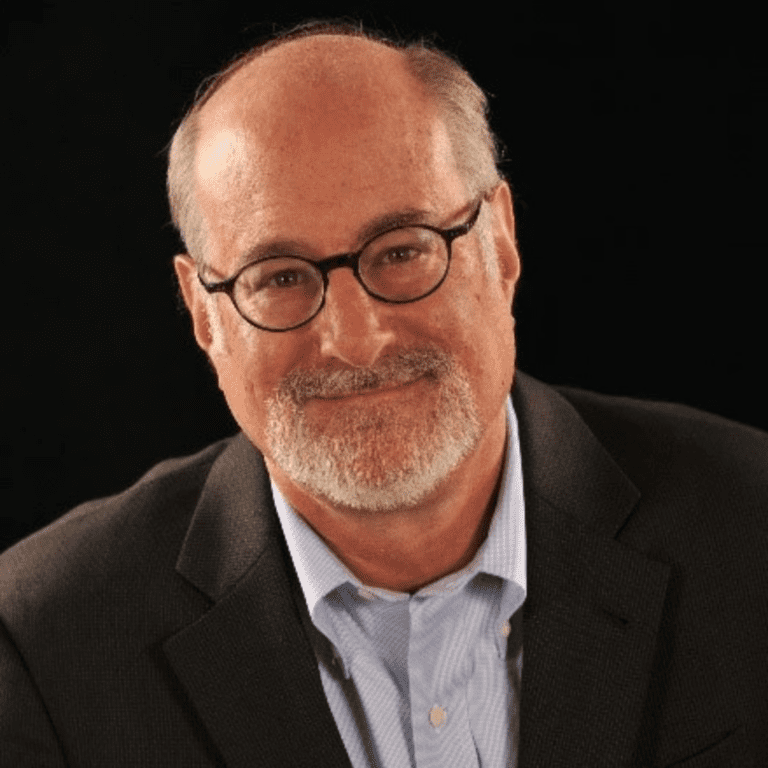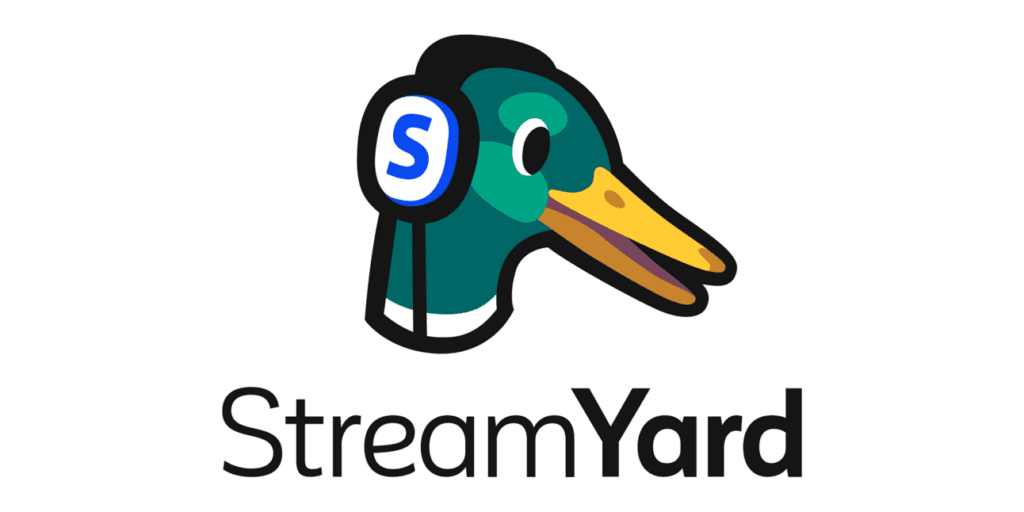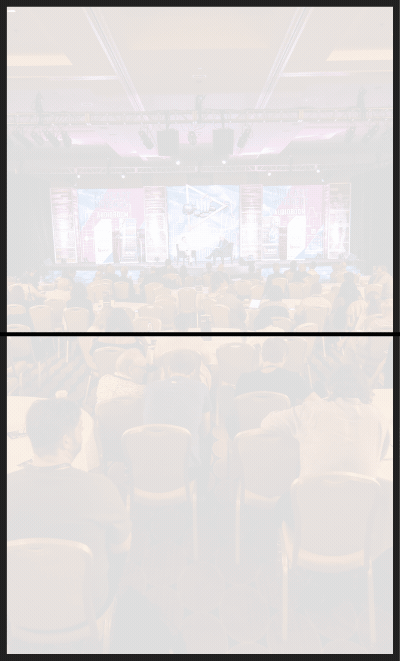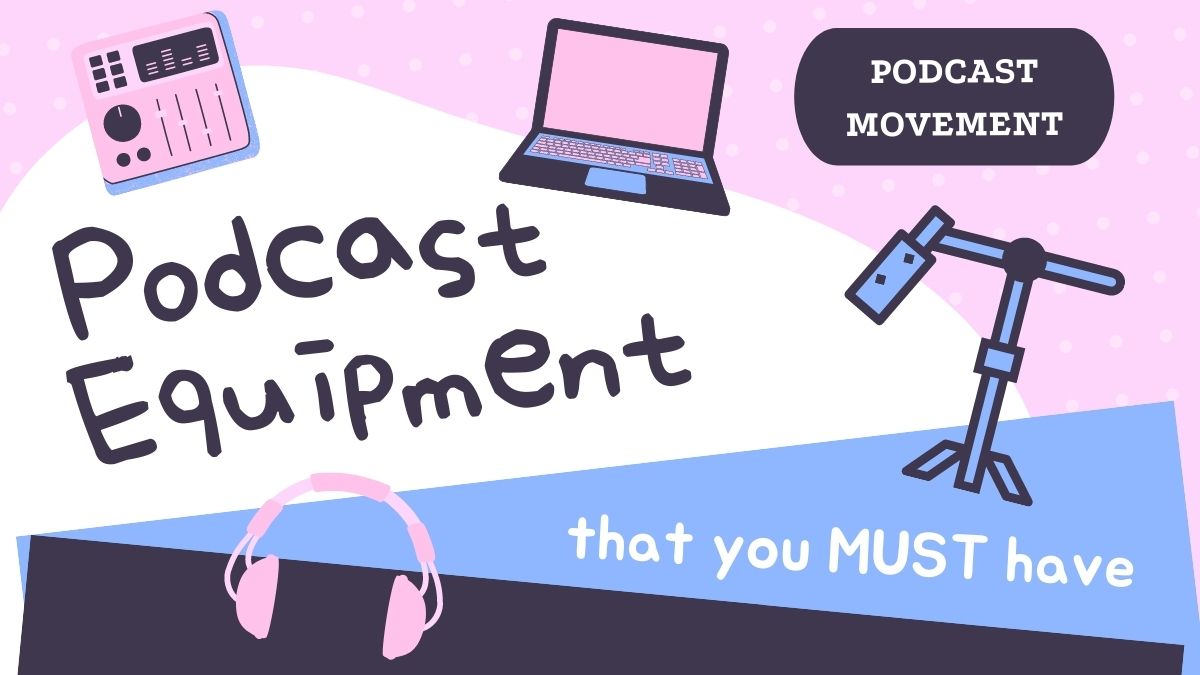
Presented by StreamYard
Learn the rules like a pro, so you can break them like an artist.
Pablo Picasso
Can You Afford Not to Do This?
Dreaming is free. Execution costs.
That’s the snag of living a creative life. Once an idea is born, you pay with time and resources to bring it into being. But it’s the ideas we filter into the “nope” pile that also come at a price. They can siphon our brain waves with nagging questions.
Could I have?
Should I have?
What am I missing out on by choosing not to follow that idea?
We create within a continuous cycle of birth and selection, iteration and repurposing, rejection and deletion. Not executing ideas you loved can weigh on you, floating about your mind like ghosts in an attic. The spirits of projects and experiences that could have been.
Next time you think about pitching a podcast for funding, expanding a podcast into other mediums, or quitting a podcast all together—decide if you can afford to execute on that idea.
And if you can afford not to.
To all Podcasters and Content Creators! Enhance your craft with StreamYard, the ultimate in live streaming and podcasting simplicity and power. Forget hidden fees and trial hassles – it's all about your creative journey. Ready to make waves with your audience? Sign up for free and start today!
Signal Flow: Steve Goldstein
Industry game changers and valiant minds from creative professions share their wisdom, adversities, and paths to innovation.

Steve Goldstein is an internationally recognized executive and leader in scaling and refining audio ventures across podcasting, radio, satellite radio, and voice platforms. Known for his creativity, unique diagnostic tools, and ability to see what’s next, Steve was early to podcasting, launching Amplifi Media in 2015. Steve is an adjunct professor at NYU’s Steinhardt School of Culture, Education, and Human Development teaching “The Business of Podcasting,” a new fully accredited course. A prolific thought leader, Steve speaks about the future of audio at major conferences and writes a globally followed blog about podcasting and all things audio.
Is YouTube worth the time and resources for podcasters? Unequivocally yes. But it will be different for different types of podcasters. I don't believe it’s a one-size-fits-all medium.
YouTube, in many ways, is talking to a new audience. So if you're looking to expand your audience, I think YouTube becomes extremely attractive.
We conducted a study with Coleman Insights and the evidence was irrefutable that YouTube had become the number one search engine for podcasts. And that's been replicated now with a Signal Hill study for Cumulus and another Signal Hill study done with Sounds Profitable.
YouTube is a bespoke solution, and some podcasts lend themselves to some form of video. I think about my friend Jordan Harbinger, who has a very successful interview-based podcast. It was easy for him to integrate video, as is the same story with many other podcasters. He was essentially shooting video anyway because he was doing the podcast on Zoom or a Zoom equivalent.
Podcasts like The Daily probably aren’t going to YouTube anytime soon. But it's important that it be on YouTube so that anybody searching for that podcast comes across it. One data point in a study was among people using YouTube for podcasts—25% of them said they couldn't find their favorite podcast on YouTube. That's a mistake.
The other stat that blew us away was 72% of people are using more than one podcast platform. I didn’t see that one coming. But it was reinforced by my NYU students, where I was teaching a course on the business of podcasting.
The Business of Podcasting is the first podcasting course at a major university. I told the class there will be no instance in which anyone in this class will learn how to plug in a microphone and bring up GarageBand. That's not what this is about. It’s about the financial environment. The advertising market. It's about where podcasting fits with all other forms of audio in a developing ecosystem.
Going to school works in two directions. And in this case, my students were schooling me on what they do, and how they go about seeking podcast content. They use various platforms, for different reasons at different times. Most of them are on Spotify. Most of them are on YouTube. Most of them were not on Apple. But everybody is surfing content in various ways and discovering content on various platforms.
I found it interesting what my students were listening to. They weren’t necessarily interested in the chart-topping podcasts. They were interested in content that helped make them stronger or better.
They're ages 18 to 24, so they’re at different points in their own learning and life cycles. They’ve used podcasts, versus many people using videos, to strengthen their knowledge on a topic.
Anything Goes with Emma Chamberlain came up many times. And why were they listening? Because she talks about things a lot of younger people are going through. And she’s a great storyteller. So they were able to identify with her and vice versa.
We're in a zero-sum audio world, the same amount of audio is being consumed today as it was 10 years ago—about four hours a day. That's a great number, but now there's more choice and more platforms. So it's being divided up differently. That does raise the question of how podcasting is going to grow.
The consumption of audio is flat, so we have to be smarter about the kind of content we launch.
In recent years, a question I often hear has been “How do you define a podcast?” It's portable audio. Not tethered to the car, not tethered to the laptop. A podcast can be consumed wherever you want to consume it.
What we thought podcasting was is morphing, which is not a bad thing. It's just the way businesses grow and change.
I love the creative muscle that’s grown in podcasting over the past several years. So many interesting ideas. So many people pushing the envelope. But then you move into this phase where there's replication. And so we have a lot of true crime podcasts. Today, for example, that's no different than what happens in categories like prepared meal delivery services. There was Blue Apron, and then soon enough, there were twelve other companies just like it. There's a lot of piling on. Most of these companies don't survive, just like most of these podcasts won't survive.
Right now, the average person is listening to nine total episodes a week from about five different podcasts. That's pretty thin, knowing there are around 445,000 podcasts in production today. The tyranny of getting onto that metaphorical mental show is really hard. What I'm seeing is there are a lot of clever people coming up with different ideas on how best to market, how best to engage listeners, how to make sure their content is unique and compelling. And now, they’re embracing multi-platform strategies. Because just being a podcast may not be sufficient in gathering enough audience to be sustainable or profitable.
Further Exploration
Decoder Ring holds a special place in my podcast listening queue. The first episode I heard (which got me instantly hooked) was about that wild time when the men’s shaving industry was adding more and more blades to their razors. Not only is the episode engaging, it also has a title for the ages: “F—k everything, we’re doing five blades.”
ICYMI:
Enjoying The Noise Gate? Why not share it with a fellow podcaster?
Until next time, have a bold week.
– Doug
For advertising information, contact Kristy at kristy@podcastmovement.com





Join the Movement